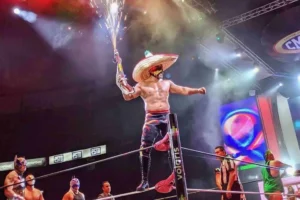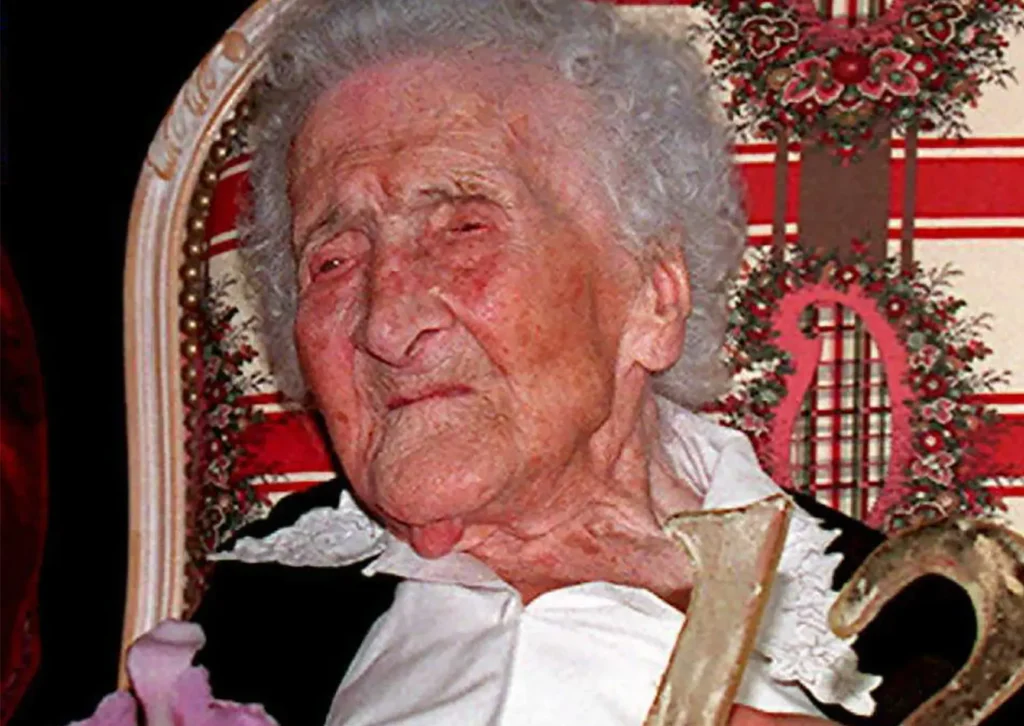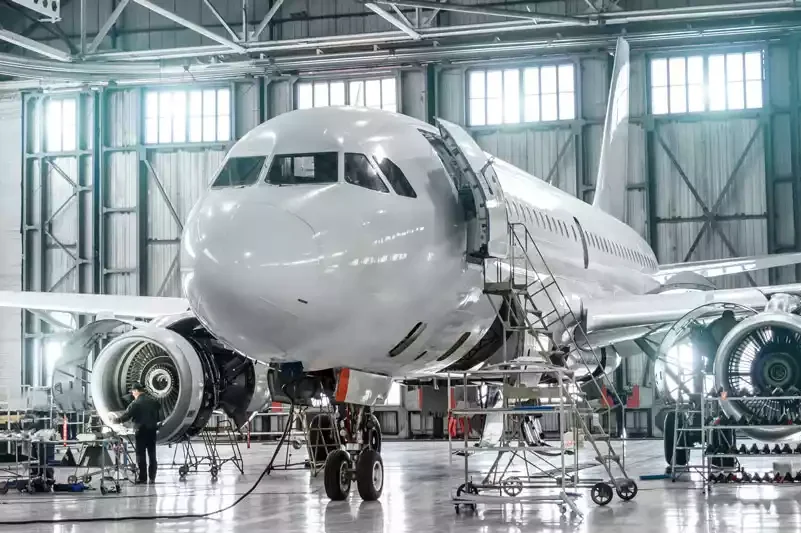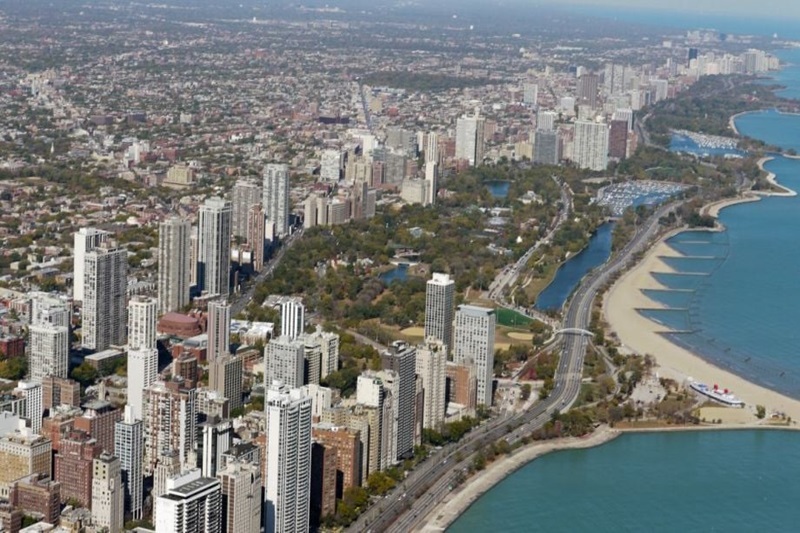The Ultimate Guide to Wrestling in Mexico City: A Cultural and Entertainment Phenomenon

Wrestling in Mexico City is, today, one of the most followed shows in the Aztec nation, second only to soccer.
To this day, wrestling in Mexico City brings in huge revenues, in the midst of a constant marketing movement, with the emergence of figures that try to conquer the hearts of all followers.
Wrestling in Mexico City dates back to the 19th century, specifically, to 1863 when a Mexican created the spectacle, based on Greco-Roman wrestling.
Other names were adding defined characteristics, such as Giovenni Relesevitch or Antonio Fournier with the Teatro Colón.
The latter brings the first fighters as we know them, such was the case of Count Koma, whose real name was Mitsuyo Maeda, who is considered the precursor of Brazilian Jiu-jitsu and in any case of modern mixed martial arts shows.
In addition, the figure of Nabutaka emerges.

The Wrestling Industry in Mexico City
But in September 1933, Salvador Lutteroth Gonzalez founded the Mexican Wrestling Company, today known as Consejo Mundial de Lucha Libre, reason why he is considered the “father of wrestling”.
They brought the large-scale wrestling show to Mexico City, generating a movement that originated great figures, even in the movies.
READ MORE: DISCOVER THE SCENIC TRAIN TO MEXICO: A COMPREHENSIVE GUIDE
But in the 80’s, there was a movement that caught the attention of the whole world and wrestling was recreated in Mexico City.
Figures such as El Perro Aguayo, Tinieblas, Canek, El Solitario, Los Villanos, etc., came to the Mexican stages.
In addition, Japanese wrestlers, American wrestlers and wrestlers from other parts of the world arrived in Mexico and influenced, with their style and acrobatics, many of the Mexican wrestlers.
At that time, the Kung Fu figures Kato Kung Lee and Blackman, who incorporated Japanese and Chinese martial arts into their fighting style, were popular.
By the 90’s, the wrestling arts took a leap, introducing light shows, sounds, and making the presentations more hilarious.
Above all, trying to follow the example of World Wrestling Entertainment WWE in the United States.
In addition, they add “Rey de Reyes“, “El Último Sobreviviente”, “Batalla Campal”, or fights inside cages.
READ HERE: CONCACAF CHAMPIONS CUP 2024 CHAMPIONS
Undoubtedly, wrestling in Mexico City has the figure of El Santo as the patent to follow, and after this character, dozens of wrestlers followed that pattern or style.
Today, wrestling in Mexico is a combination of tradition and modern show; with fights that border on reality and that leave big profits.
The epicenter of it all is wrestling in Mexico City, the capital, where provincial fighters pursue the dream of being in a ring among the greats.
Wrestling in Mexico City is cultural, it is part of the conversation of thousands of people, and every show leaves more fans in a trail of constant marketing.

Iconic Wrestling Venues in Mexico City
But lucha libre in Mexico City is not only the wrestlers, it’s everything behind each execution, but, in addition, the sites of the fights are the other part of the show.
Among the iconic places of wrestling in Mexico City, it is worth mentioning:
But wrestling in Mexico City is not only the wrestlers, it is everything behind each execution, but, in addition, the sites of the fights are the other part of the show.
Among the iconic places of wrestling in Mexico City, it is worth mentioning:
The Arena Mexico.
Also known as La Catedral de la Lucha Libre Mexicana (The Cathedral of Mexican Wrestling), it is located in the Colonia Doctores in Mexico City.
In its interior the main matches of this spectacle sport take place. It was inaugurated on April 27, 1956 by Don Salvador Lutteroth González.
It was the site of the 1968 Olympic Games, where Mexico won two gold medals and two bronze medals.
It currently has a capacity for 12 thousand people and, every weekend, attendees from all over Mexico come to enjoy the battles in the ring. Getting there is the dream of every fighter in this country.
Coliseo Stadium
The Coliseo Stadium is another of the most popular wrestling arenas in Mexico City.
It is an arena for wrestling and boxing, known as “El Embudo de la Lagunilla” or “El Embudo Coliseo” due to its circular shape.
Its construction was financed by Mr. Salvador Lutteroth, considered the father of Mexican wrestling. The ticket offices are open only on Saturdays.
It is located at República de Perú #77, Col. Centro, 06040, Centro Histórico.
The arena was built by businessman Salvador Lutteroth with the 40,000 Mexican pesos of the time that he won in the National Lottery with ticket 4242 for the September 21, 1934 drawing.
Great wrestlers of lucha libre in Mexico City
Among the great characters of wrestling in Mexico City, are:
El Santo
El Santo, the legendary wrestler, whose real name was Rodolfo Guzmán Huerta. He was known as El Enmascarado de Plata.
As a wrestler he fought from 1942 to 1982, a period of four decades in which he was never unmasked.
Since the 1950s in Mexico he was a popular hero and a symbol of justice for the people, since his character transcended the wrestling arena and became a superhero.
On February 5, 1984 he died of a heart attack after a performance at the Blanquita Theater.
El Demonio Azul
The real name was Alejandro Muñoz Moreno who was a railroad worker, there he met the wrestler Rolando Vera who guided him in his beginnings of wrestling.
He began his career as a rough style wrestler and consolidated his career by teaming up with Black Shadow, who in turn was a rival of El Santo, that is how the rivalry between these two wrestlers was born.
In the first of these mano a mano confrontations, Blue Demon defeated El Santo in two consecutive falls, one night in August 1953.
The rivalry and popularity of both wrestlers transcended and together they starred in approximately 10 movies, which led them to become icons of Mexican popular culture.
They lasted 42 years in wrestling in Mexico City.
Today, there are numerous characters, who have a stamp, and have left a mark in the memory of the followers of wrestling in Mexico City, such as: Carístico, Psycho Clown, L.A. Park, among others.
The wrestling industry in Mexico
This industry is one of the most prolific in the entertainment sector in Mexico.
Despite this, in the most recognized Mexican wrestling companies, which are CMLL and AAA, each wrestler can earn between 7 and 8 thousand pesos per bout, depending on the consolidation of the fighters.
However, there are some who earn up to 20 thousand pesos.
In some states, wrestling is part of the local culture, as in the case of Guerrero.
On the other hand, many fights are broadcast on television, but one of the main wrestling organizations, family-owned Lucha Libre AAA, still makes most of its money from ticket sales and sponsorship.
Its annual turnover is about US$20 million, compared to WWE’s US$500 million in the United States.
Some tourism companies offer special packages to enjoy the show at iconic wrestling sites in Mexico City.
This is because wrestling in Mexico is a cultural concept that continues to generate a following.





